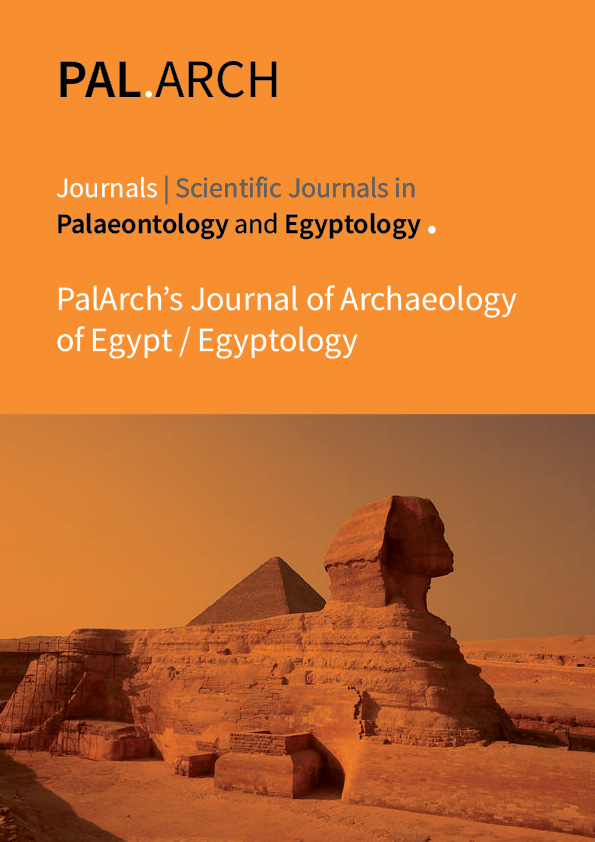THE RECOGNITION OBTAINED BY MODERN SCIENTIFIC METHODS IS A STUDY IN THE LIGHT OF JURISPRUDENCE AND JUDICIAL APPLICATION
Abstract
Judges and investigators always look forward to and want to obtain a confession, as it facilitates the procedures that would have taken longer dimensions and time to reach the desired result, not to mention that it comes from the person on himself, this sends reassurance to the same judge or investigator, so it is unreasonable for a person to confess unless He was aware and convinced of what he said and what he attributed to himself. Therefore, the rapid and widespread development in the technical and technological fields has created several means that can help extract the accused's confession upon being interrogated. The investigators may resort to using them as tools to help them obtain the accused's confession. These means raise the question of what is the legal value of the recognition that came as a result of using these methods.
The methods used differed, some affecting the will of the interrogator directly, and others that did not affect this will, so for the confession to have its legal effect, it must be issued by a free will free of every defect that would affect this accused materially or morally, which necessitates the exclusion of violence or fear and intimidation. And other means of encouragement that paralyze the will of the confessor, then can the confession resulting from the use of these means be considered invalid and therefore irrelevant, or does the matter require a distinction between these methods according to the extent of their impact on the will of the interrogator?



